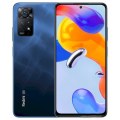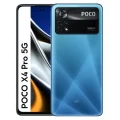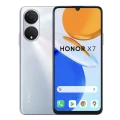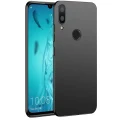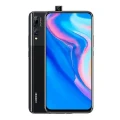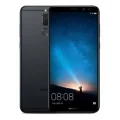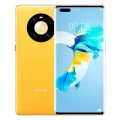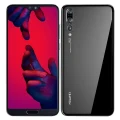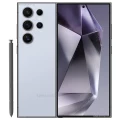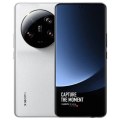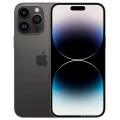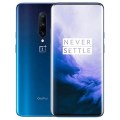- Awesome page
- Latest Mobile
- Unofficial
- Xiaomi Redmi Note 13 Pro 4G
Xiaomi Redmi Note 13 Pro 4G
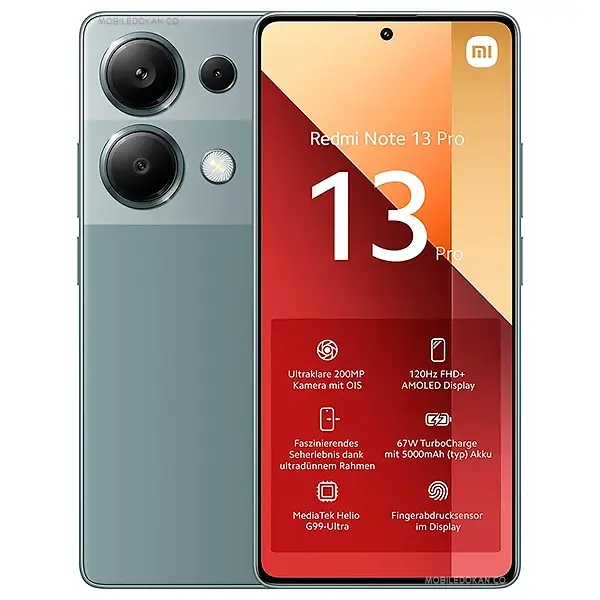

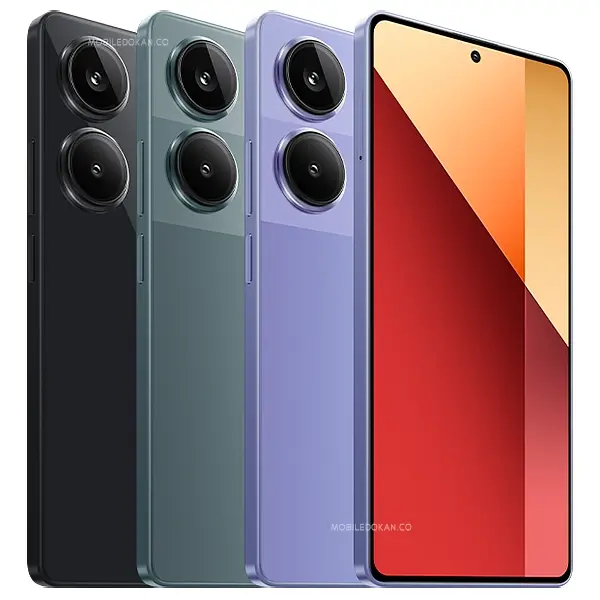

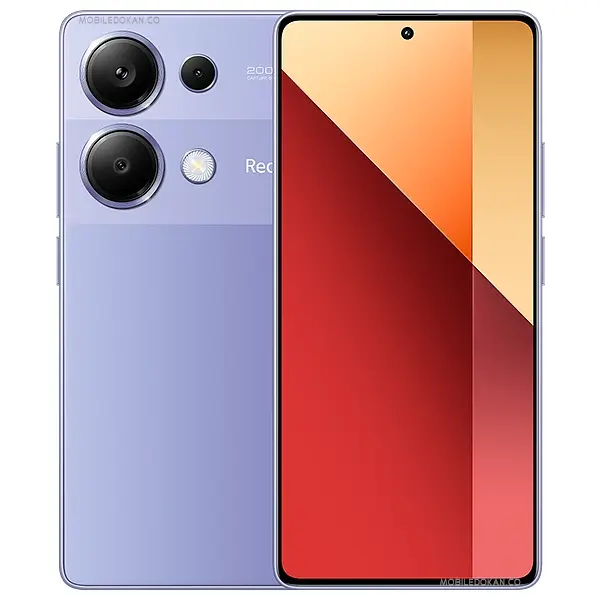

Pros
- AMOLED display with 120Hz.
- Mediatek Helio G99 Ultra chipset.
- 8/12GB RAM and 256/512GB ROM.
- 200MP primary camera.
- 67W fast charging, 50% in 16 min.
Cons
- Plastic back and body.
- 5G network not supported.
Specifications
General
| Model | Xiaomi Redmi Note 13 Pro 4G |
| Announced | 15-01-2024 |
| Released | 15-01-2024 |
| Status | Available |
| Official price | 31000 |
Design
| Dimensions | 161.1 x 75 x 8 mm (6.34 x 2.95 x 0.31 in) |
| Weight | 188 g (6.63 oz) |
| Colors |
Midnight Black, Lavender Purple, Forest Green |
Network
| 2G Network |
GSM 850 / 900 / 1800 / 1900 - SIM 1 & SIM 2 |
| 3G Network |
HSDPA 850 / 900 / 1700(AWS) / 1900 / 2100 |
| 4G Network |
LTE (unspecified) |
| GPRS <strong>GPRS</strong> (General Packet Radio Service) is a packet oriented mobile data service on the 2G and 3G cellular communication system's global system for mobile communications (GSM), Generally, GPRS is used for the purpose of wireless data transfer, such as sharing pictures and videos or browsing the Internet via a mobile phone connection. | |
| EDGE <strong>EDGE</strong> (Enhanced Data GSM Environment) is a wireless network technology generally considered the next step in the 2G network offers data transfer rates up to four times faster than ordinary GSM networks, Generally, EDGE is used for the purpose of wireless data transfer, such as sharing pictures and videos or browsing the Internet via a mobile phone connection. | |
| Speed | HSPA, LTE-A |
Display
| Display Type <strong>Display Technology => </strong> A number of display technologies and types used in mobile phones => TFT (Thin Film Transistor), IPS (In-Place Switching), OLED (Organic Light Emitting Diode), AMOLED (Active-Matrix Organic Light-Emitting Diode), Super AMOLED (an even advanced version of AMOLED), Resistive Touchscreen (Resistive touchscreens contain two layer of conductive material with a very small gap between them which acts as a resistance), Capacitive Touchsceen (Capacitive touchscreen technology consists of a layer of glass coated with a transparent conductor) | AMOLED capacitive touchscreen, 1B colors |
| Size | 6.67 inches, 107.4 cm2 (~88.9% screen-to-body ratio) |
| Resolution | 1080 x 2400 pixels, 20:9 ratio (~395 ppi density) |
| Features |
120Hz, 500 nits (typ), 1000 nits (HBM), 1300 nits (peak) |
Camera
| Camera Features |
LED flash, HDR, panorama |
Hardware
| Chipset <strong>Chipset</strong> is a group of integrated circuits designed to perform one or a more dedicated functions, often with real time computing constraints, Popular smartphones are equipped with more advanced embedded chipsets that can do many different tasks depending on their programming. | Mediatek Helio G99 Ultra |
| CPU <strong>CPU</strong> (Central Processing Unit) mostly known as processors, CPU processes instructions in order to carry out certain functions that make your device operate properly. Processors are often described as the brain of computers, smartphones and tablets, Smartphones and tablets rely on processors to carry out their every task, Processors are an incredibly important factor in selecting any type of computing device, including your smartphone. | Octa-core (2x2.2 GHz Cortex-A76 & 6x2.0 GHz Cortex-A55) |
| GPU <strong>GPU</strong> (Graphics Processing Unit) is a single-chip processor designed to rapidly manipulate and alter memory to accelerate the creation of images in a frame buffer intended for output to a display, This includes things such as lighting effects, object transformations, and 3D motion. | Mali-G57 MC2 |
| RAM (Memory) <strong>RAM</strong> (Random Access Memory) is a type of computer memory that can be accessed randomly, any byte of memory can be accessed without touching the preceding bytes that allows information to be stored and accessed quickly from random locations. RAM is the most common type of memory found in computer systems, smartphones, tablets and other electronic devices. | 8/12 GB |
| Internal Storage <strong>Internal Storage</strong> is a data storage space (flash memory) mostly used in smartphones, tablets and other electronic devices where operating system, apps, music, photos, videos, files and other user data Is stored. | 256/512 GB UFS 2.2 |
| Sensors <strong>Sensors</strong> are electronic components that detects and responds to some type of input from the physical environment. The specific input could be light, heat, motion, moisture, pressure and location, The output is generally a signal that is converted to use in computing systems, a location sensor, such as a GPS receiver is able to detect current location of your electronic device. |
Fingerprint (under display, optical), accelerometer, gyro, compass Virtual proximity sensing |
Connectivity
| Bluetooth <strong>Bluetooth</strong> is a wireless communications technology for exchanging data between mobile phones, headsets, computers and other network devices over short distances without wires, Bluetooth technology was primarily designed to support simple wireless networking of personal consumer devices. | 5.2, A2DP, LE |
| Infrared <strong>Infrared</strong> connectivity is an old wireless technology used to connect two electronic devices. It uses a beam of infrared light to transmit information and so requires direct line of sight and operates only at close range. | |
| USB | USB Type-C 2.0, OTG |
| GPS <strong>GPS</strong> The Global Positioning System is a satellite-based radio navigation system, GPS permits users to determine their position, velocity and the time 24 hours a day, in all weather, anywhere in the world, In order to locate your position, your device or GPS receiver must have a clear view of the sky. | GPS, GLONASS, GALILEO, BDS |
| NFC <strong>NFC</strong> (Near field communication) is a set of standards for smartphones and similar devices to establish peer-to-peer radio communications with each other by touching them together or bringing them into proximity, usually no more than a few inches. |
Battery
| Battery Type <strong>Battery Type => </strong> Cell phones run on various kinds of batteries depending on the manufacturer, phone size or shape and features. There are basically four types of cell phone batteries => Lithium Polymer, Lithium Ion, Nickel Metal Hydride and Nickel Cadmium. | Non-Removable Li-Po |
| Capacity <strong>Battery Capacity</strong> is a measure (typically in Amp-hr) of the charge stored by the battery, and is determined by the mass of active material contained in the battery. The battery capacity represents the maximum amount of energy that can be extracted from the battery under certain conditions. | 5000 mAh |
| Charging Charging | 67W wired, 50% in 16 min, 100% in 46 min (advertised) |
Xiaomi Redmi Note 13 Pro 4G Price in Bangladesh March 2024
The Xiaomi Redmi Note 13 Pro 4G is now available in two variants (256/512GB/8/12GB ROM/RAM). Xiaomi Redmi Note 13 Pro 4G’s Price is 31000 in Bangladesh. Redmi Note 13 Pro 4G has a 5000mAh battery with 67W fast charging. This device runs with Android 13 and is powered by the Mediatek Helio G99 Ultra chipset.
| Model | Xiaomi Redmi Note 13 Pro 4G |
| Price | BDT. 31,000 |
| Display | 6.67″ 1080×2400 pixels |
| RAM | 8/12 GB |
| ROM | 256/512 GB |
| Released | 2024, January |
Xiaomi Redmi Note 13 Pro 4G Highlights
The Xiaomi Redmi Note 13 Pro 4G is set to launch in January 2024, offering users a host of impressive features. Here’s an overview:
- Dimension and Display: The Redmi Note 13 Pro 4G boasts a sleek design, measuring 161.1 x 75 x 8 mm and weighing 188 grams. Its 6.67-inch AMOLED panel delivers vibrant visuals with a resolution of 1080 x 2400 pixels, protected by Corning Gorilla Glass 5.
- Processor and Performance: Powered by the Mediatek Helio G99 Ultra chipset and Android 13, the device features an octa-core CPU configuration (2×2.2 GHz Cortex-A76 & 6×2.0 GHz Cortex-A55), ensuring smooth performance and efficient multitasking.
- Camera Setup: The Redmi Note 13 Pro 4G boasts a versatile triple-camera setup on the rear, comprising a 200MP primary lens, an 8MP ultrawide lens, and a 2MP macro lens. On the front, there’s a 16MP selfie camera, offering impressive photography and videography capabilities, including 4K video recording at 30fps and 1080p at 30/60fps.
- Storage and RAM: With two variants offering 8/12GB of RAM and 256/512GB of internal storage, users have ample space to store files, apps, and media content.
- Battery and Charging: Equipped with a sizable 5000mAh battery, the Redmi Note 13 Pro 4G ensures long-lasting usage on a single charge. Moreover, it supports 67W fast charging technology for quick replenishment of battery power.
- Connectivity and Sensors: The device supports dual nano-SIM cards and offers a range of connectivity options, including WLAN, Bluetooth, and USB port. It also features a side-mounted fingerprint sensor, along with other sensors like accelerometer, gyro, proximity, and compass.
Verdict
In conclusion, the Xiaomi Redmi Note 13 Pro 4G emerges as a strong contender in the smartphone market, offering a blend of powerful performance, impressive camera capabilities, and long-lasting battery life. With its competitive pricing and feature-rich specifications, it stands out as an excellent choice for users seeking a reliable 4G smartphone under 50,000 Taka. Whether you’re a photography enthusiast, a mobile gamer, or a multitasker, the Redmi Note 13 Pro 4G delivers a seamless and enjoyable user experience.

